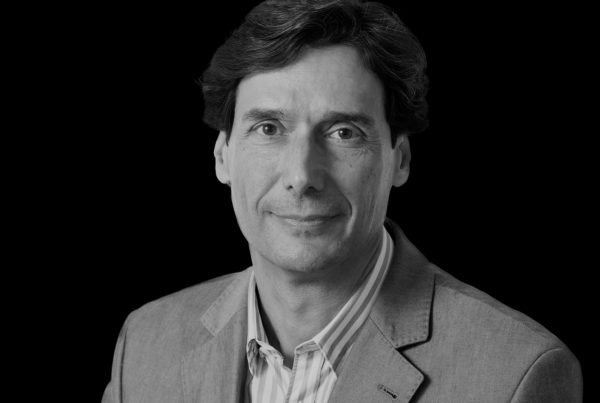Manuel Serrano obtained his PhD in 1991 for his research at the Centre for Molecular Biology (CSIC/UAM, Madrid)) under the supervision of M. Salas and J.M. Hermoso. From 1992 to 1996 he worked as a Postdoctoral Fellow in the laboratory of D. Beach at the Cold Spring Harbor Laboratory, New York, USA. In 1997, he returned to Spain to start his own research group at the Spanish National Biotechnology Centre (CSIC, Madrid). He moved to the Spanish National Cancer Research Centre (Madrid) in 2003 to lead the Tumour Suppression Group, where he also served as Director of the Molecular Oncology Programme (2012-2017). In May 2017, he relocated to the Institute for Biomedical Research-IRB Barcelona to establish the Cellular Plasticity and Disease Group within the Molecular Medicine Research Programme. He has accomplished important scientific contributions to the understanding of Ageing from different perspectives: Cancer & Ageing, Metabolism & Ageing, Regeneration & Ageing.
Research interests
The unifying concept that has guided our research is that tumour suppressors protect the organism from many types of damage, regardless of the pathology that a given damage may cause. Protection from cancer is just one of the outcomes of tumour suppressors, others being protection from chronic diseases, nutritional overload, tissue injuries, or aging. Tumour suppressors often trigger a cellular state known as cellular senescence, and we have pioneer the concept that cellular senescence is critical to signal tissue damage and to elicit tissue regeneration. The key emerging paradigm is that tumour suppressors, by triggering cellular senescence, recruit inflammatory cells and create a tissue microenvironment that favours tissue repair and regeneration. Damage → Tumour Suppressors → Cellular Senescence → (secreted factors) → Cellular Plasticity → Tissue Repair We are now focused on two major areas of research: - Cellular plasticity: this is a property that many cells have intrinsically (this is the case of stem/progentor cells and many cancer cells) but it is also a property that can be acquired upon injury or damage (this is the case of facultative progenitor cells). We are interested in two concepts: induction of plasticity using as a tool the Yamanaka factors (Oct4, Sox2, Klf4 and Myc); and reduction of plasticity using as a tool our recently reported "agonist of enhancers" (an inhibitor of CDK8 that potentiates MEDIATOR). - Cellular senescence: we are trying to understand the mechanisms underlying this response, the mechanisms of survival, the particular metabolic adaptations of these cells, non-invasive methods for their detection in vivo, their interplay with the immune system, and strategies to trigger the elimination of long-term resident (pathological) senescent cells. Our overarching goal is to understand and manipulate tissue repair and regeneration.
Selected publications
- Plana-Carmona M et al. 2022, 'The trophectoderm acts as a niche for the inner cell mass through C/EBPa-regulated IL-6 signaling', Stem Cell Reports, 17, 9, 1991 - 2004.
- Barradas M et al. 2022, 'Fatty acids homeostasis during fasting predicts protection from chemotherapy toxicity', Nature Communications, 13, 1, 5677.
- Chondronasiou D, Martínez de Villarreal J, Melendez E, et al. 2022, 'Deciphering the roadmap of in vivo reprogramming toward pluripotency', Stem Cell Reports, 17, 11, 2501 - 2517.
- Chondronasiou D, Gill D, Mosteiro L, et al. 2022, 'Multi-omic rejuvenation of naturally aged tissues by a single cycle of transient reprogramming', Aging Cell, 21(3), e13578.
- Melendez E, Chondronasiou D, Mosteiro L, et al. 2022, 'Natural killer cells act as an extrinsic barrier for in vivo reprogramming', Development, 149, 8, dev200361.
